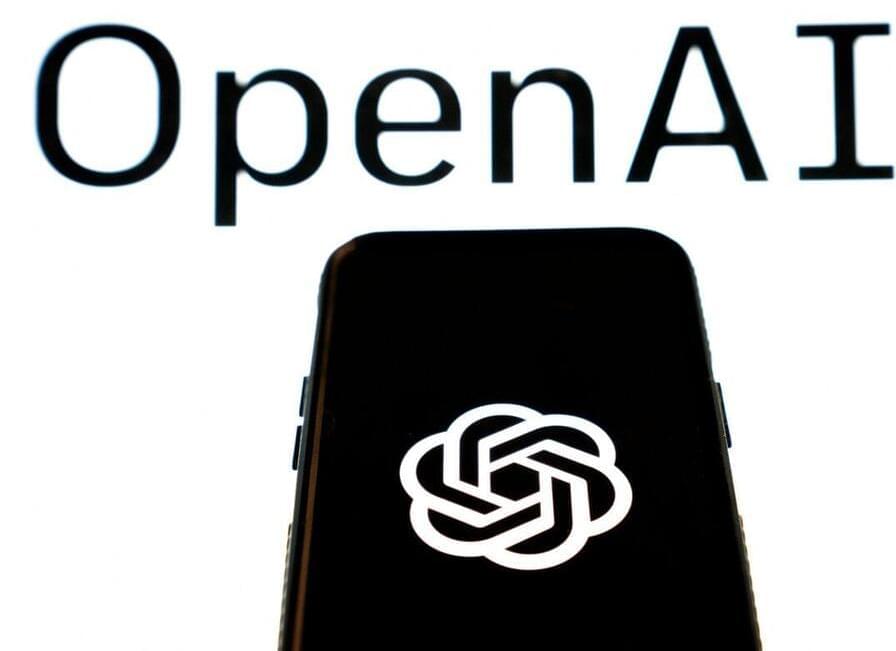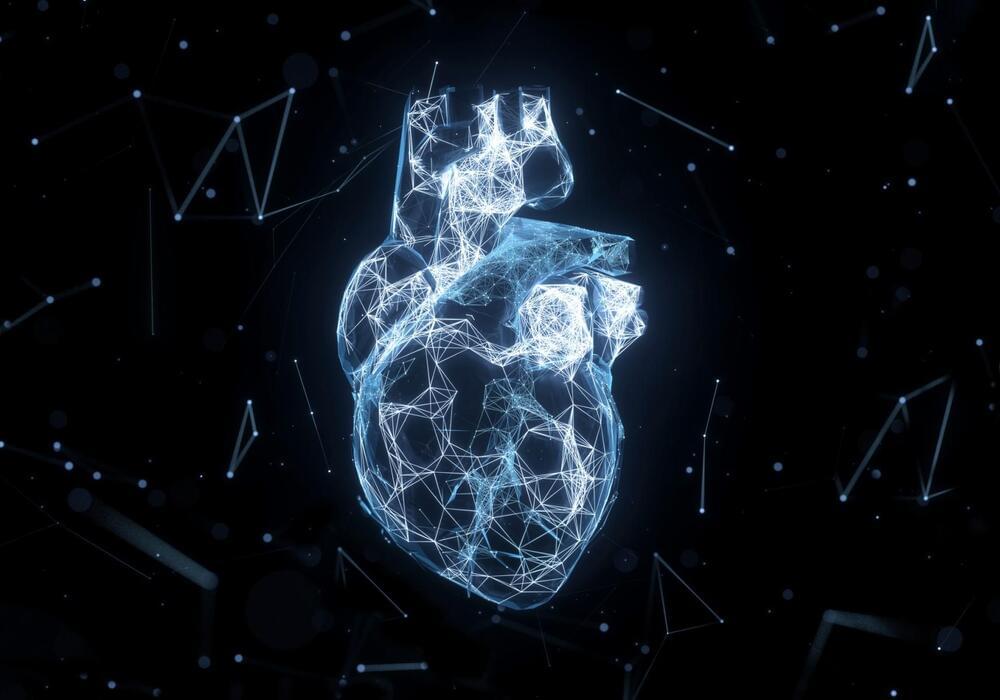ChatGPT can do more than just write sonnets and code. Its new abilities should be making competitors nervous.


The latest bit of brilliance from the field of robotics is a tiny micro-motor that can identify, trap, and transport individual cells. It’s a serious feat of engineering that could find uses from medicine to air purification.
Importantly, both electric and magnetic fields can control the machine – and the latter will be vital if the microscopic robot is eventually going to be deployed in the human body, which is what its inventors intend.
The bot ranges from 5 to 27 micrometers across and is made from a specially engineered polystyrene sphere coated with the conductive materials chromium, nickel, and gold.

Andrew Ng, the founder of Deeplearning. AI, and Yann LeCun, chief AI scientist at Meta, argued against a proposed pause on the development of powerful AI systems in an online event on Friday.
Is THIS how we’ll all live forever?? Join us, and find out!
Subscribe ► https://wmojo.com/unveiled-subscribe.
In this video, Unveiled takes a closer look at a new rival to AI and quantum computing… OI Organoid Intelligence! Using tiny versions of our own brains, scientists are powering a new digital revolution! But could it ALSO mean that, one day, we all live forever??
This is Unveiled, giving you incredible answers to extraordinary questions!
Find more amazing videos for your curiosity here:
6 Scientific Breakthroughs Predicted For Your Lifetime — https://youtu.be/wGKj-3AfxdE
Did This AI Just SOLVE Quantum Physics — https://youtu.be/PN_D3e3LdQQ
0:00 Intro.
Memes made with AI video generator algorithms are suddenly everywhere. Their sudden proliferation may herald an imminent explosion in the technology’s capability.

Samsung Electronics employees interacting with artificial intelligence tool ChatGPT accidentally leaked company information, according to an exclusive report by the South Korean outlet The Economist.
Employees in the company’s semiconductor division told the news outlet that corporate data was leaked on three separate occasions.
The website said the leaks came within 20 days after the South Korean conglomerate had lifted a ban on the chatbot.

CSAIL lectures with Sebastien Bubeck (April 6,2023) The new wave of AI systems, ChatGPT and its more powerful successors, exhibit extraordinary capabilities across a broad swath of domains. In light of this, we discuss whether artificial INTELLIGENCE has arrived.
The increasing presence of artificial intelligence could lead to a new wave of AI-worshippers — enough to form an organized religion.